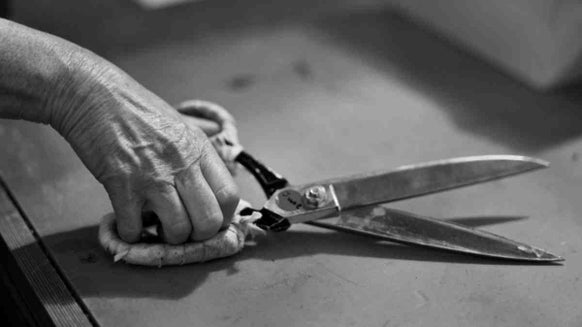The Best of Art Basel Miami 2016

Highly regarded for its exhibitions of modern art, Art Basel has been one of the must-visit fairs since its inception in 1970 – and is now the largest, with annual outposts in Miami and Hong Kong as well as the original Basel.
Last weekend (1-4 December) Miami hosted its 15th Art Basel, with a cool 269 galleries from around the world showing the very latest in contemporary art. This fair is big news, drawing crowds from various cultural disciplines as well as Hollywood’s elite (Leo DiCaprio is a fan), serving as a talking point and source of inspiration for many; here are our highlights.
Given the political climate of 2016 it came as no surprise that there was a political undertone at Art Basel this year. Taking pride of place at Blum & Poe’s booth was Sam Durant’s electric End White Supremacy, which although created in 2008, reflects the current views of many – so much so that it became the most talked-about piece at the fair.
Part of Polígrafa Obra Gràfica’s booth was a collection of Rose Wylie’s work, showcasing 66 lithographs of everyday items. The Kent-based artist only started to gain traction in her 70s after spending most of her life supporting husband Roy Oxlade in his work and ambitions, and is now celebrated for her unique, often comedic drawings, counting fans in the likes of Germaine Greer and distinguished galleries around the world.
It’s not just about the galleries and pop-up exhibitions at Art Basel Miami, nearby Collins Park is turned into a public sculpture park during the fair too. Dubbed Ground Control, the installation was full of works that were discreet or shape-shifting. Among the most powerful was Glenn Kaino’s Invisible Man; the figure of a man with his arms raised – aluminium on one side, flat and mirrored on the other – which was a reference to Michael Brown’s killing in 2014.
A feature of the Prometeo Gallery of Rome’s exhibition, Brazilian artist Beto Shwafaty’s installation focused on environmental issues and the modern world’s ever-growing consumerism. With a belief that “colonialism and modernism are different sides of the same coin”, Shwafaty’s work reflects the notion with each step of progression leaves destruction in its wake.








